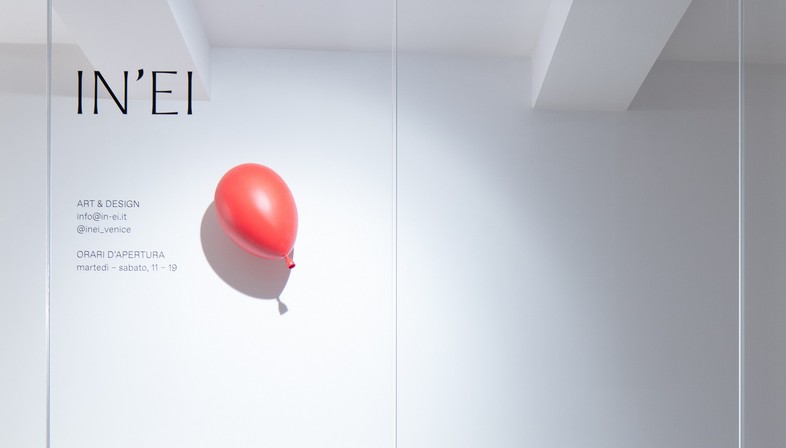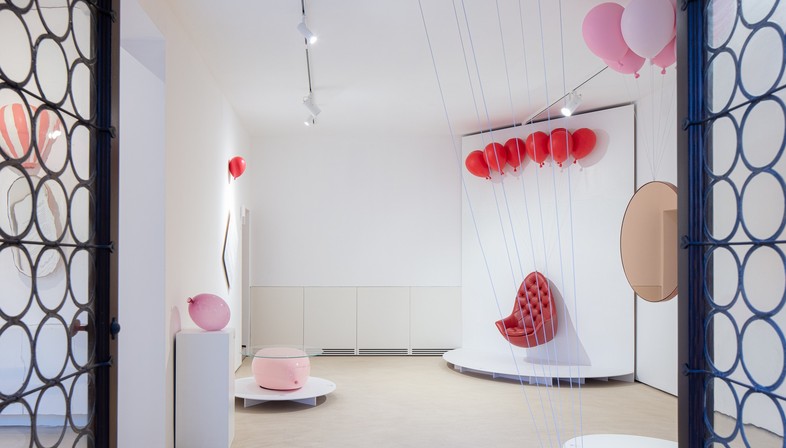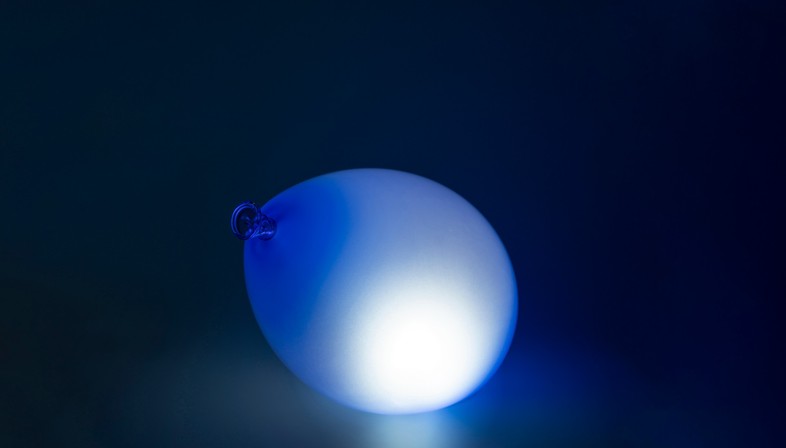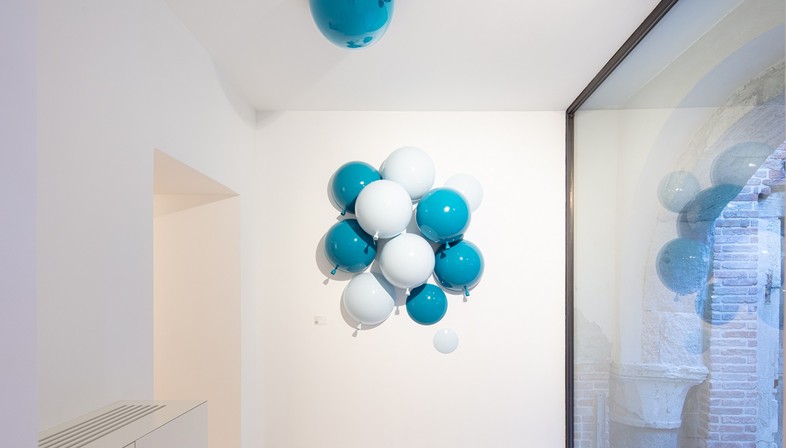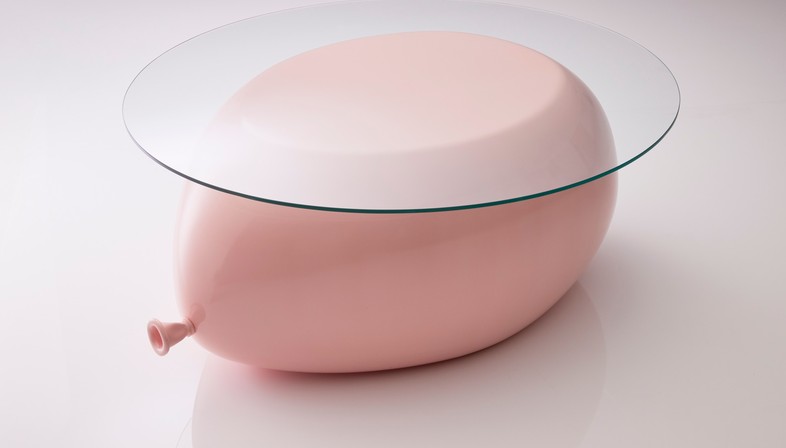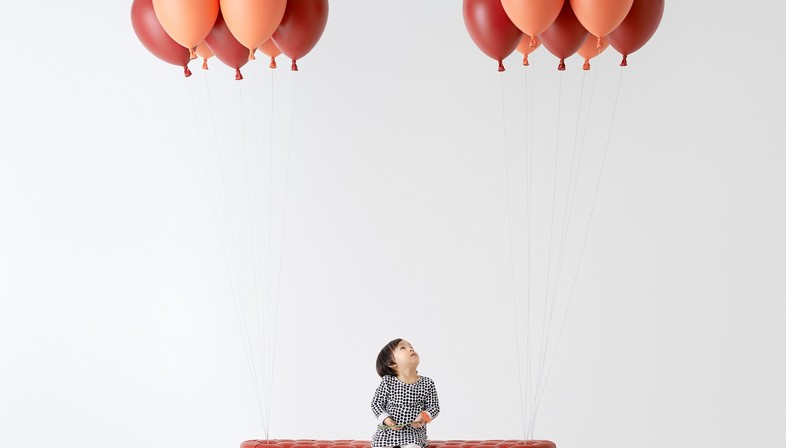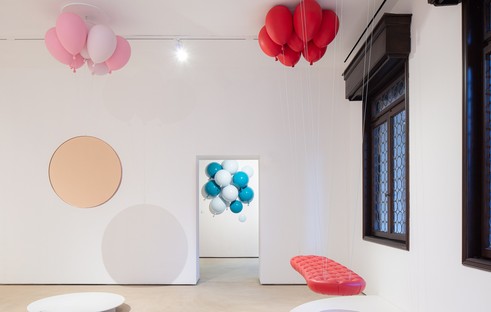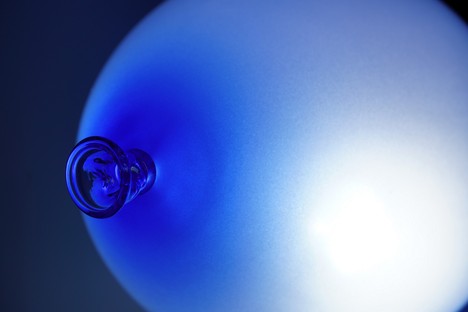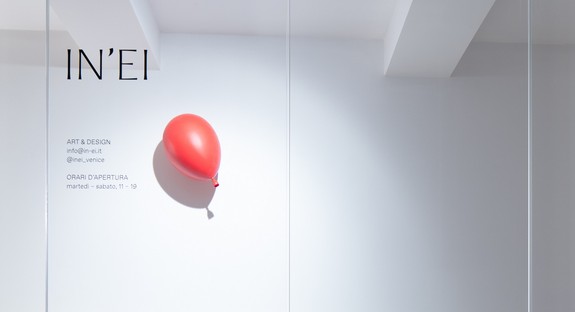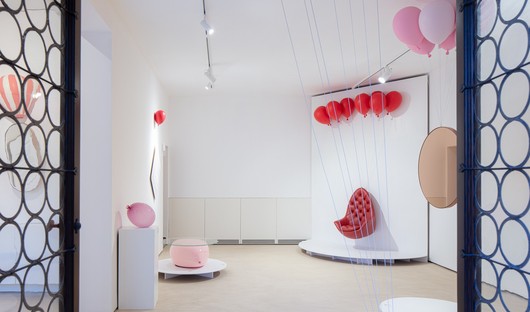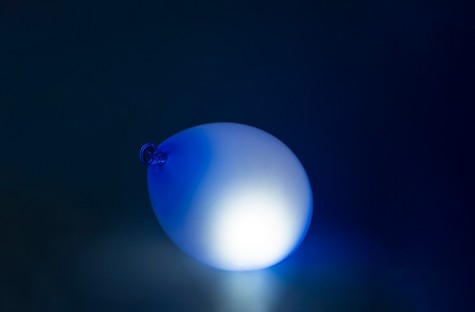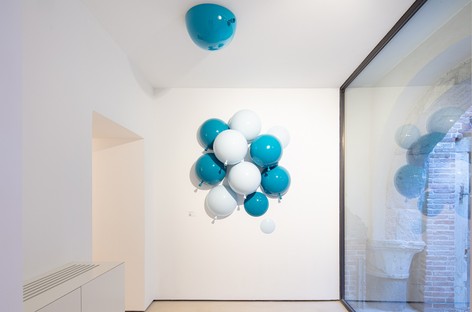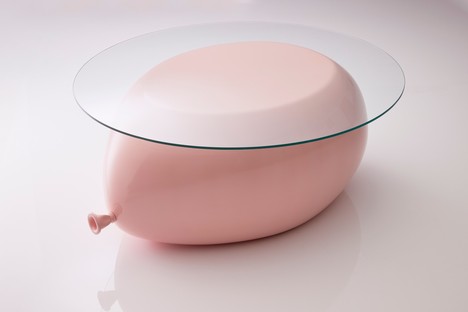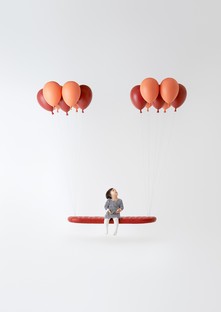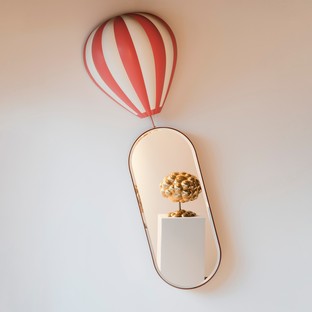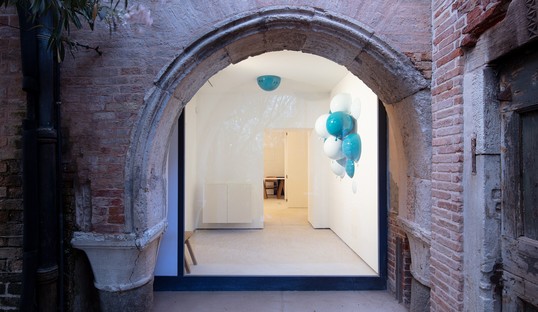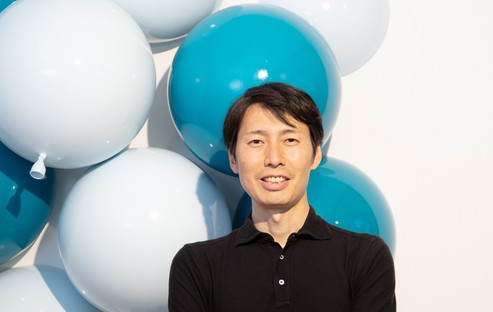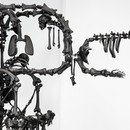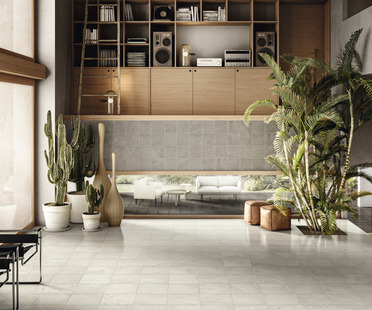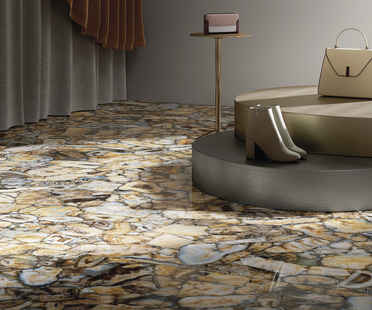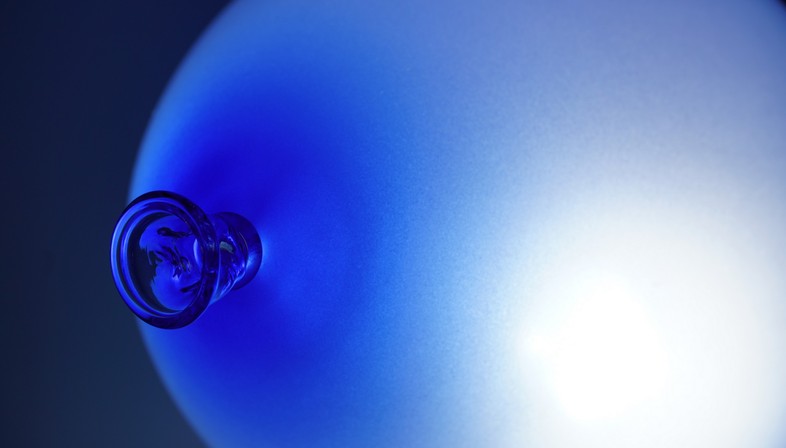
Sestiere di San Polo is a part of Venice where the old flagstones of the Riva del Vin, on the Grand Canal, are covered with restaurant and bar tables, heaving with tourists. From here, all eyes are turned to the weighty arch of Rialto Bridge, only a few metres away. At the end of the Riva, before the “sottoportego”, the covered walkway leading into the narrow laneways, is a gate half-hidden by the vegetation of a garden by the water. This is the entrance to Galleria IN’EI, a new exhibition and cultural centre that opened in the lagoon city only a few months ago. It’s a dream come true for the French couple who run it, who have for many years explored and studied Japanese design, both contemporary and from past decades, going back as far as the nineteen-thirties.
The founders of IN’EI are Hélène Dubois and Patrice Dumand; they come from different backgrounds, from the artistic direction of a big Parisian fashion house and from the profession of notary, respectively; they both decided to pack it in and focus on their shared passion. In 2019 they left France and set up in Calenzano, near Florence, where they provided expertise on twentieth-century Japanese design; in March 2023 they opened Galleria IN’EI with the intention of bringing artists and designers from the Far East, particularly Japan, China and Korea, to Europe.
“Our intention was to work with a few carefully selected names in whom we had decided to invest,” explains Hélène Dubois with her characteristic grace and competence, “setting up long-term partnerships with well-known and emerging artists, drawing attention to them and having them produce work designed specifically for us. We aim to offer something that combines art with design.” The goal is to open up a channel for dialogue between two cultures, the East and the West, where there has historically been an imbalance in favour of the West. To make up for this and fill in the gap, Hélène and Patrice chose to open Galleria IN’EI in Venice, a city that has historically been oriented toward the East, as well as a homeland of art and high craftsmanship, known the world over as a focal point for beauty.
In Japanese, IN’EI means ‘shadow’, and the name is inspired by the essay ‘In praise of shadows’ (In’ei raisan), written by Jun’ichiro Tanizaki in 1933 (‘We will immerse ourselves in the darkness and there discover its own particular beauty’). The gallery’s opening exhibition (entitled Offerta, meaning Offering) and the one that followed (Scritture dall’Himalaya, Writings from the Himalayas) featured the work of photographer and performer Gao Bo, who was born in China but has lived in Paris for many years, with installations and work inspired by Tibetan culture. Then Jin Hee Park, a Korean architect and professor, exhibited ‘Bearable Lightness of Being’, focusing on a series of furnishings made using traditional Korean Hanji paper.
30 June saw the opening of an exhibition entitled The Floating Realm, still underway, bringing together artistic furnishings by Japanese architect Satoshi Itasaka, signed with the code h220430, the name of Itasaka’s studio. The image forming the common thread of the exhibition is the balloon, something which has always enchanted children. To Satoshi, the balloon represents the lightness of childhood, an age when we are unaware of all the complications of existence and a condition for which we all feel nostalgic. Why not bring this lightness into daily life, into the rooms of our homes, with artistic furnishings? And so Satochi Itasaka has come up with mirrors, armchairs and little sofas that appear to be suspended from bunches of pink, red and white balloons (compositions of fibre-reinforced material which, in actual fact, conceal hooks on the wall), but also wall sculptures, as if pale blue and white balloons were coming out of the wall, or Murano blue glass lamps shaped like balloons. A pink balloon with a pane of glass resting on it is a coffee table, but also a work of art representing in plastic form how reality can sometimes repress the sense of lightness characteristic of childhood.
“As children, we are not entirely aware of what is going on around us, and we experience it as if we were floating in a dream,”, points out architect Itasaka in front of his work; “in this floating dimension, we concentrate on the present moment. When we are small, in fact, we are not worried about the past or the future, but live in the present moment, understanding life through our senses and experiencing everything for the very first time, even life itself.” And he adds: “Life can be very tough, and our personal experiences and traumas can drive us far away from those carefree times. This exhibition is intended to restore the ancestral feeling of joy, playfulness and dreaminess that we hope everyone felt as a child.”
Antonella Galli
The Floating Realm
di h220430 – Satoshi Itasaka
Galleria IN’EI
Riva del Vin 1100, Sestiere San Polo, Venice
https://in-ei.it/
Until 20 August 2023
Captions
01, 03, 04, 06 Exhibition installation, ph. gerdastudio
02, 05 Balloon Lantern
07 Balloon Table
08 Balloon Bench
09 Hot Balloon Mirror
10 Window seen from the garden of Galleria IN’EI, ph. gerdastudio
11 The entrance to Galleria IN’EI in Riva del Vin, in Venice’s Sestiere di San Polo, ph. gerdastudio
12 Portrait of Japanese architect Satoshi Itasaka, ph. Gerdastudio










